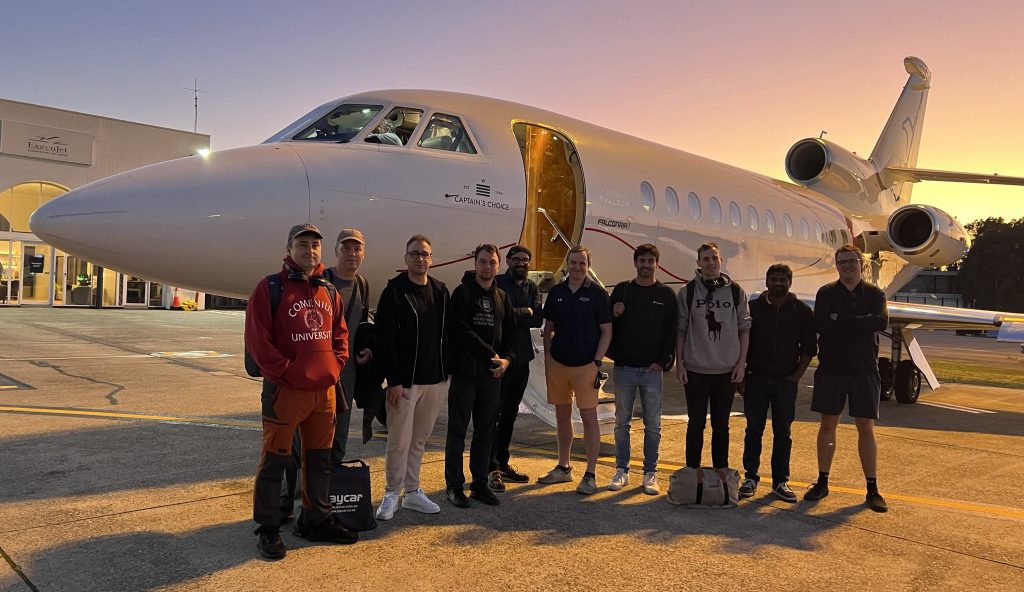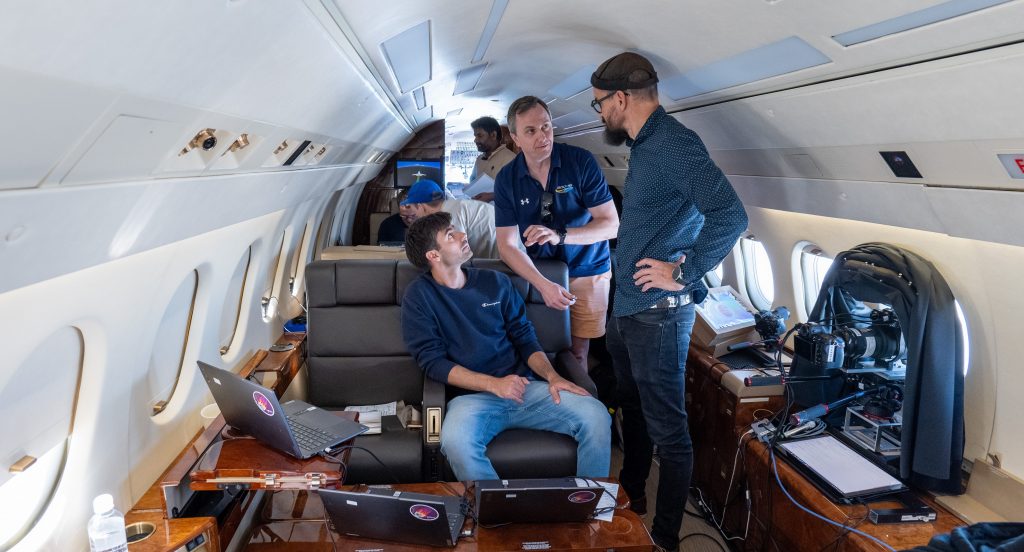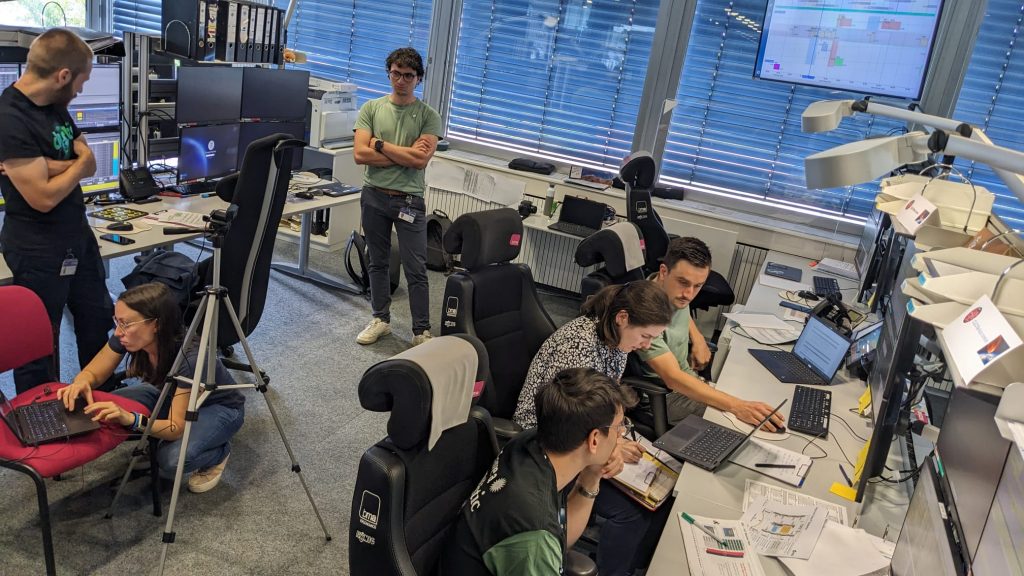Tomorrow, 8 September 2024, Salsa (Cluster 2), one of four satellites that make up ESA’s Cluster mission, will reenter Earth’s atmosphere over the South Pacific Ocean at 18:48 UTC / 20:48 CEST, with two minutes uncertainty either way.
The teams at ESA’s operations centre ESOC and in Easter Island are continuing the preparations for the reentry and the attempt to observe it from a plane.

Over the last days, the team of reentry scientists that will attempt the airborne observation experiment has made its way to Easter Island. The team started in Australia where they set up all their instruments on board the plane, then they used the multiple flights hopping to New Zealand, Tahiti and then Easter Island to test their equipment.
The tests have all gone well, and almost all is now ready for the all-important flight on Sunday. The final preparation is to determine the exact flight plan, so the pilot can get the team as close as possible to the edge of the safety zone around the reentry location at the time it reenters.

Until now, there had been an uncertainty about the precise reentry time of about 1.5 hours, caused mainly by the unpredictability of the exact atmospheric drag the satellite would experience during its last, very low perigee (closest point to Earth) pass yesterday, 6 September.
In Germany, the teams at ESA’s Mission Control have been working hard to determine the reentry time and location as precisely as possible.
After the last perigee pass, it was a nail-biting time for the operations team as Salsa did not automatically reappear at the planned time as its transmitter remained off. The team then attempted to switch Salsa on manually, communicating in the blind, which finally got Salsa to respond.
The team managed to successfully recover the satellite and it turned out that the satellite had rebooted due to a deep loss of power on the solar arrays. Despite its challenging power issues, Salsa managed to hang for its last dance while still operational, circling Earth one more time.

The Flight Dynamics team then used Salsa’s radiometry to perform its orbit determination. With this data and with data from multiple telescopes which are observing the satellite the space debris team then determined the time and location of the re-entry.
We can now say with precision that Salsa will reenter the atmosphere as planned over a remote stretch of ocean at 18:48 UTC / 20:48 CEST, bringing the uncertainty down to just two minutes around this time.
Over the remaining time until its reentry, the team will keep observing Salsa, both using telescopes as it flies out far towards apogee and back towards Earth and through our Estrack ground station at Kourou as it closes in on Earth on Sunday.
Leading up to and during Salsa’s reentry we are providing updates via the Rocket Science blog, and the @ESA_Cluster, @esaoperations and @esascience X accounts.
More on the airborne observation experiment

Discussion: no comments